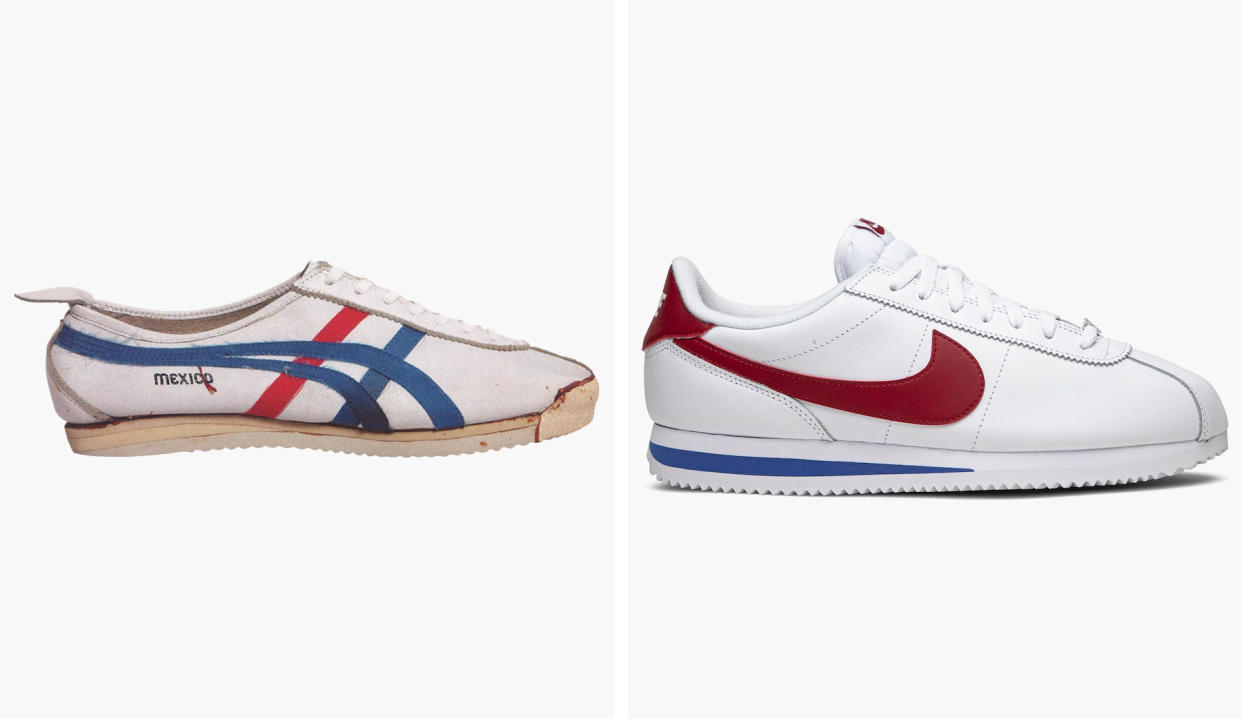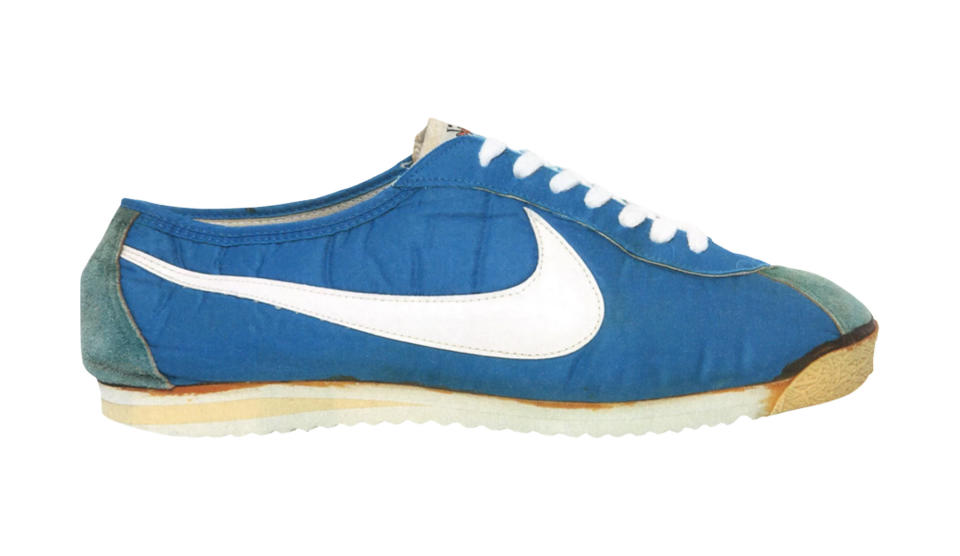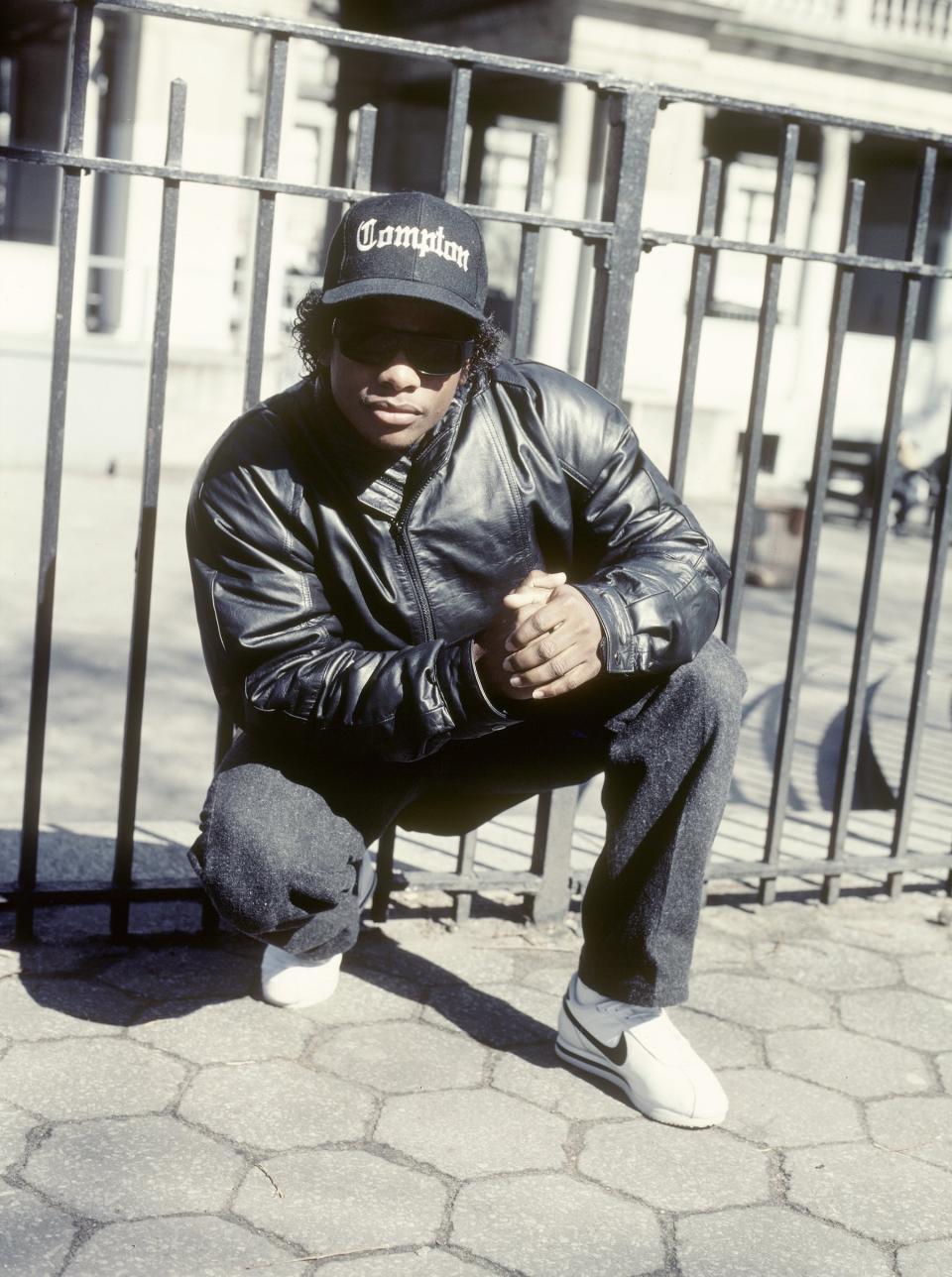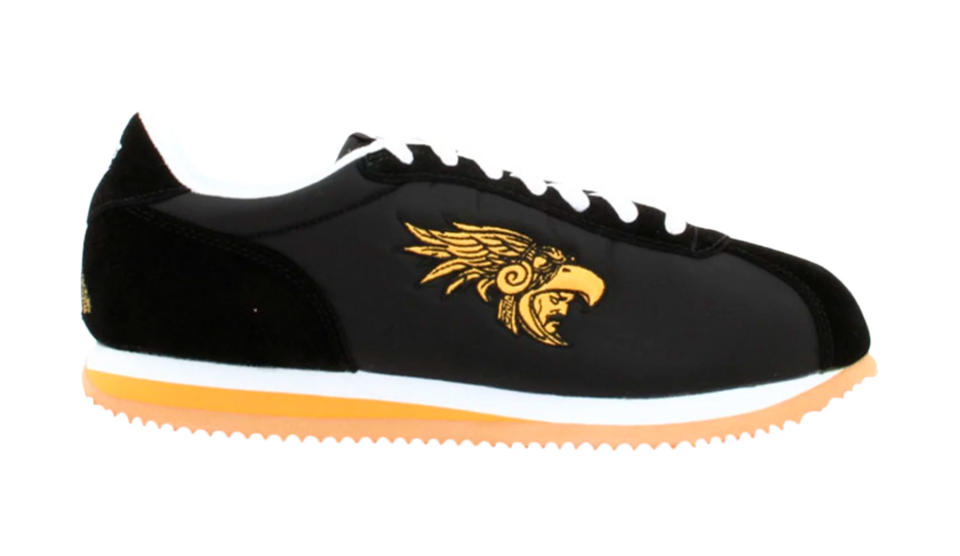Nike Cortez History & Timeline: Everything You Need to Know About the Nike Cortez

Having turned 50 years old in 2022, the Cortez is one of Nike’s oldest sneakers and one of the longest-running models in the entire market. Its appeal has endured for generations, somehow creating a through-line that includes the original “Charlie’s Angels,” Eazy-E, “Forrest Gump,” and Kendrick Lamar.
Along with the Air Jordan 1 and Air Force 1, the Cortez is one of the most crucial sneakers in Nike’s history. But unlike those two models, which arrived within years of each other in the first-half of the ‘80s, the Cortez actually predates Nike as a company. Not only was it the company’s first hit when it began making its own sneakers, but it actually set the stage for Nike to do so when Blue Ribbon Sports was primarily a distributor for Onitsuka Tigers.
More from Footwear News
Devin Booker's Nike Book 1 Sneaker Will Get Its First General Release During NBA All-Star Weekend
Nike Waffle-Shaped Dunk Low Sneaker Arrives in Time for 50th Anniversary of the Sole Innovation
Because of its role in the genesis of Nike, as well as its continued relevance for decades to come, the Cortez has one of the more interesting stories you’ll find for a sneaker — and that’s before getting into it sparking beef with Adidas or becoming a prominent gang symbol. Below, Footwear News breaks down the history of the Nike Cortez.

The Cortez Before Nike
Before Nike sold its own sneakers, Phil Knight and Bill Bowerman founded the company as Blue Ribbon Sports and primarily distributed Onitsuka Tiger sneakers in the United States. Bowerman designed the Cortez himself during these pre-Nike days, but Onitsuka actually made the shoe and gave Blue Ribbon Sports exclusive distribution rights to the sneaker in America.
Bowerman took the spongy midsole of the Spring Up and fused it with the outsole of the Limber Up in a bid to create the ultimate long-distance running shoe. The shoe’s heel was raised to help protect the Achilles from injury, while a “Swoosh Fiber” woven nylon resin upper proved both lighter and stronger than leather while also providing moisture resistance and holding its shape well without stretching.
The long-distance running shoe began with the name “TG-24” in 1967, and a year-later it was given the less clinical name TG-Mexico as a nod to the impending 1968 Olympic Games in Mexico City. TG-Mexico then gave way to Aztec, but Adidas threatened to sue because it was planning a rollout for its own shoe known as the Azteca Gold. Thus it was the fourth name that finally stuck, and Knight told the story about how Cortez came to be the moniker in his memoir “Shoe Dog.”
“Aggravated, I drove up the mountain to Bowerman’s house to talk it all over,” Knight wrote. “We sat on the wide porch, looking down at the river. It sparkled that day like a silver shoelace. He took off his ball cap, put it on again, rubbed his face. ‘Who was that guy who kicked the shit out of the Aztecs?’ he asked. ‘Cortez,’ I said [referring to Hernán Cortés, the Spanish conquistador.] He grunted. ‘Okay. Let’s call it the Cortez.'”
Blue Ribbon Sports closed 1967 with $84,000 in revenue, which Knight attributed largely to the Cortez. By 1970, demand for the sneaker was so high that Onitsuka couldn’t provide the supply needed to keep up. Eventually, Knight and co. figured out that the company was prioritizing making the Cortez available in its home Japanese market. To satisfy its own customers, Blue Ribbon started looking into making the sneaker itself in 1971. Remarkably, while visiting the Nippon Rubber factory in Kurume, Japan, Knight was given the first sample with a Nike Swoosh after lunch on the very day he asked for it.

Nike Goes Solo With the Cortez
Nike launched the Cortez as its own in 1972 to coincide with the Summer Olympics, where several athletes competed in the shoe. Sales hit $800,000 in the first year alone, and in 1983 new nylon and leather versions were introduced.
Onitsuka only became aware of the lookalike when one of its employees saw the shoe hidden in Blue Ribbon’s Los Angeles warehouse. Onitsuka sued Nike, Nike sued back, and the court eventually ruled in 1974 that both companies could continue selling the sneaker but only Nike could use the Cortez name. Going forward, Onitsuka gave the shoe its fifth and final name, Corsair.
During the trial, a “noted orthopedist” testified that Bowerman’s Cortez (and Boston) design was unlike anything Onitsuka had ever made. He called it “revolutionary” and “game-changing” for the way it took pressure off of the Achilles.
Decades of Pop Culture Influence
The Cortez’s first pop-culture moment came in 1977, when Farrah Fawcett wore a pair of the women’s Senorita Cortezes on “Charlie’s Angels.” Knight said every store in America was sold out of the shoe by noon the next day, and soon the Cortez, or “Farrah Shoe,” became the go-to for UCLA and USC cheerleaders.
At the end of the ‘80s, Eazy-E was constantly seen wearing the Cortez — a reflection of the model’s popularity in Los Angeles, particularly in Black and Latino circles. 1994 would also bring a little film called “Forrest Gump,” in which Tom Hanks’ namesake character receives a white, red, and blue pair and wears them while running across the country. He calls the sneakers “the best gift anyone could ever get in the wide world.”
Skipping ahead to the 2010s, Kendrick Lamar collaborated with Nike on several versions of the model in 2018, including a “House Shoe” variant without laces. In his guest verse on the Big Sean song “Control,” one of the biggest hip-hop moments of the decade, Lamar also rapped, “And I ain’t rockin’ no more designer shit/White Tees and Nike Cortez, this red Corvette’s anonymous.”

The West Coast Sneaker
While the Air Force 1’s history is rooted in the East Coast, particularly Baltimore and New York City, the Cortez has its own deep roots on the West Coast.
Blue Ribbon Sports’ first employee was based in Los Angeles, and its first retail store opened in Santa Monica. The area remained central to the company’s business in its transition to Nike, and in 1973, four of the ten department stores that stocked Nike were in L.A. Because of how crucial the Cortez was in the early days of Nike, it was only natural for it to take hold where the Swoosh was the strongest.
By the ‘80s, which is when the Cortez would really flourish among Black and Latinos in Los Angeles, it was on the more affordable end of Nike’s offerings. Much like the Air Force 1, its simple construction also lent itself to a wide variety of colorways, giving Cortez wearers many options for self-expression.
Such versatility also helped the Cortez to become a gang signifier, as different colors would represent a different organization. The sneaker’s strongest affiliation is with MS-13, which was founded in the ‘80s in Los Angeles to protect Salvadoran immigrants from other gangs. Blue and white Cortezes became part of a uniform of-sorts for MS-13, and although it’s not something Nike is ever going to highlight, the less savory aspect of the shoe’s appeal nonetheless remains part of the narrative.

Collaborations and Colorways
The Cortez isn’t quite the powerhouse for collaborations and colorways like some other Nike models, but it still has more than 700 versions under its belt as of 2022.
One of the earliest significant collaborators was Mr. Cartoon, the Mexican-American tattoo artist behind a number of other highly sought-after sneakers, who replaced the Swoosh with a graphic depicting an Aztec man with a headdress in 2005. For the model’s 45th anniversary in 2017, Mr. Cartoon teamed up with Nike for three more versions of the Cortez leaning into its Latino connection.
Comme des Gar?ons’ platform Cortez from 2018 counts as one of the most radical transformations, but for the most part, the Cortez has maintained its appeal more through in-line releases.
About the Author:
Ian Servantes is a Senior Trending News Editor for Footwear News specializing in sneaker coverage. He’s previously reported on streetwear and sneakers at Input and Highsnobiety after beginning his career on the pop culture beat. He subscribes to the idea that “ball is life” and doesn’t fuss over his kicks getting dirty.
Best of Footwear News
Havaianas Collaborations Through the Years: From Marvel to Valentino
Off-White Shoe Collaborations Through the Years: Nike, Converse and More
Sign up for FN's Newsletter. For the latest news, follow us on Facebook, Twitter, and Instagram.
